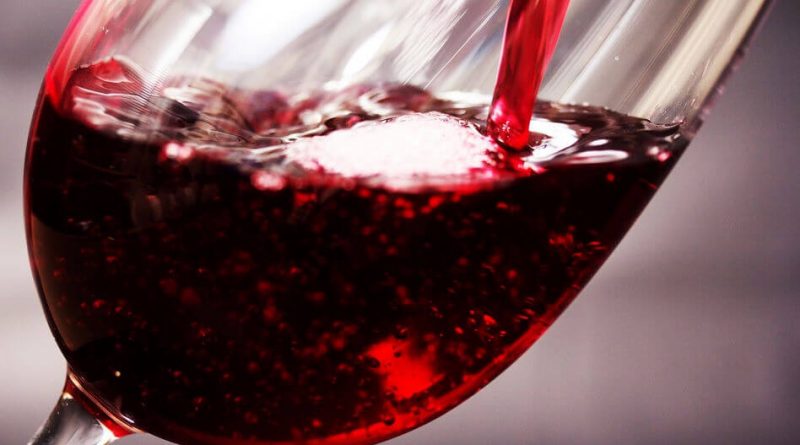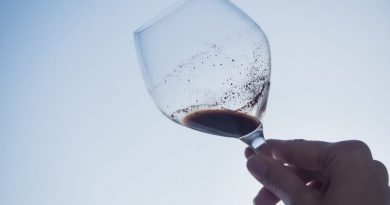What is Wine Body?
Envision you are going to a wine sampling in a windy Napa Valley grape plantation. You have recently been set out a glass, and the sommelier has provoked you to see the value in the wine’s body.
Yet, what’s the significance here precisely? It’s anything but a reference to the flavors present in the wine — that is the thing that descriptors like fruity, natural, and fiery are for. Also, since it is fluid, ebbing and streaming and taking the state of whatever compartment it’s immersed, unmistakably wine body doesn’t have anything to do with shape. Anyway, what is a wine body?
What is a wine’s body, and what impacts it?
The meaning of wine body, just expressed, is the extravagance and weight of the wine in your mouth.
Different beverages have a body also. Take milk, for instance. It’s not hard to utilize fat levels to differentiate between skim and entire milk. Be that as it may, when the wine is involved, there’s something else to impact its body besides fat substance.
The essential determiner of wine body is liquor. This is on the grounds that liquor gives the beverage consistency, which can be basically characterized as how little or much a liquid opposes streaming. The higher the liquor content, the gooier — or heavier — the wine becomes.
Different elements that shape wine body are grape variety*, oak maturing in barrels**, lingering unfermented grape sugars, and the grapes’ developing environment (grapes sourced from hotter regions lead to rich and full-bodied wines).
*Grape Variety: There are more than 10,000 wine grape assortments on the planet, and a couple dozen of them are generally famous. A couple of the most famous, similar to Chardonnay or Zinfandel, produce wines that make an interpretation of impeccably into a simple to perceive wine body classification.
**Oak Aging: When looking at a wine’s body, think about tannin structure. This design is one part of wine that can change as it ages in an oak barrel.
Separating Body Types
Similarly, each wine has its very own body kind. In contrast to an individual, nonetheless, each wine can squeeze into one of three classifications: light, medium, or full-bodied.
Light-Bodied Wine
When in doubt, any wine with a liquor rate under 12.5 percent is viewed as light-bodied. These are typically fresh and invigorating wines, like Pinot Grigio, Riesling, and Sauvignon Blanc, or lighter reds from cooler environments. Since they are more acidic than different assortments, don’t be shocked if you observe that your light-bodied wine has a sharp, practically fiery taste.
Since they are so light, many wine consumers have observed that these assortments pair delightfully with light food varieties, including yet not restricted to fish and mixed greens. Lamentably, on the grounds that there is supposed to be a shortfall of profound flavors in light-bodied wines, they are considered fairly mediocre by vino lovers, basically from an intricacy angle. This judgment, nonetheless, is unjustifiable, as lighter-bodied wines can be similarly however pleasant as those that may be full.
Medium-Bodied Wine
Next up on the wine range is medium-bodied. These assortments gloat a liquor rate somewhere in the range of 12.5 and 13.5 percent. You will observe vital participants like Rose, French Burgundy, and Sangiovese fall into this class.
Medium-bodied reds have been considered amazing food wines. This is on the grounds that they’re so adjusted in both causticity and tannin. These two parts of wine are quick to think about when choosing what sorts of food a wine can combine with.
Full-Bodied Wine
Last however positively not least are the full-bodied wines, which for the most part have a liquor level of over 13.5 percent. Most of the wines that fall into this class are red, nonetheless, Chardonnay is an illustration of a full-bodied white.
Full-bodied wines are weighty and rich enough to remain all alone, yet are still very pleasurable with food. Their completion can be ascribed to higher tannin and liquor content.




